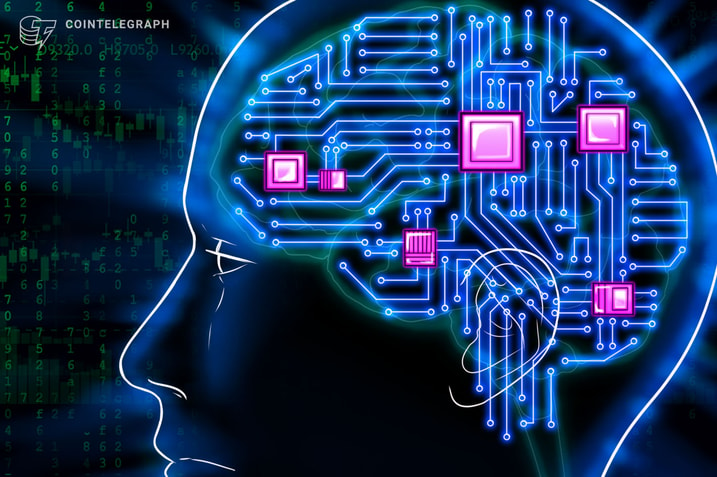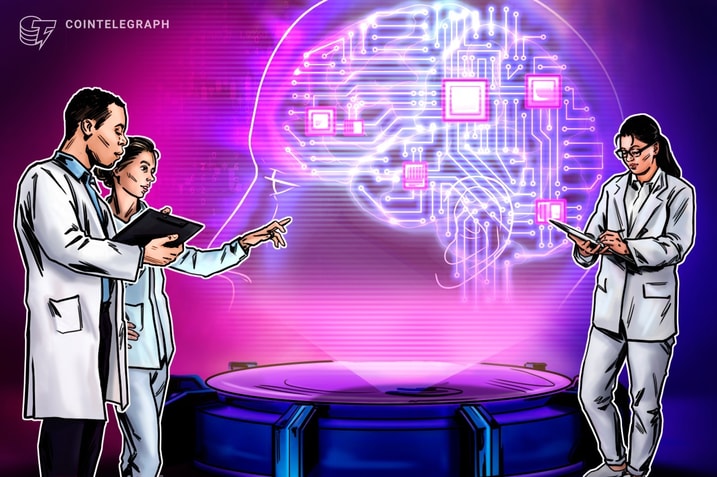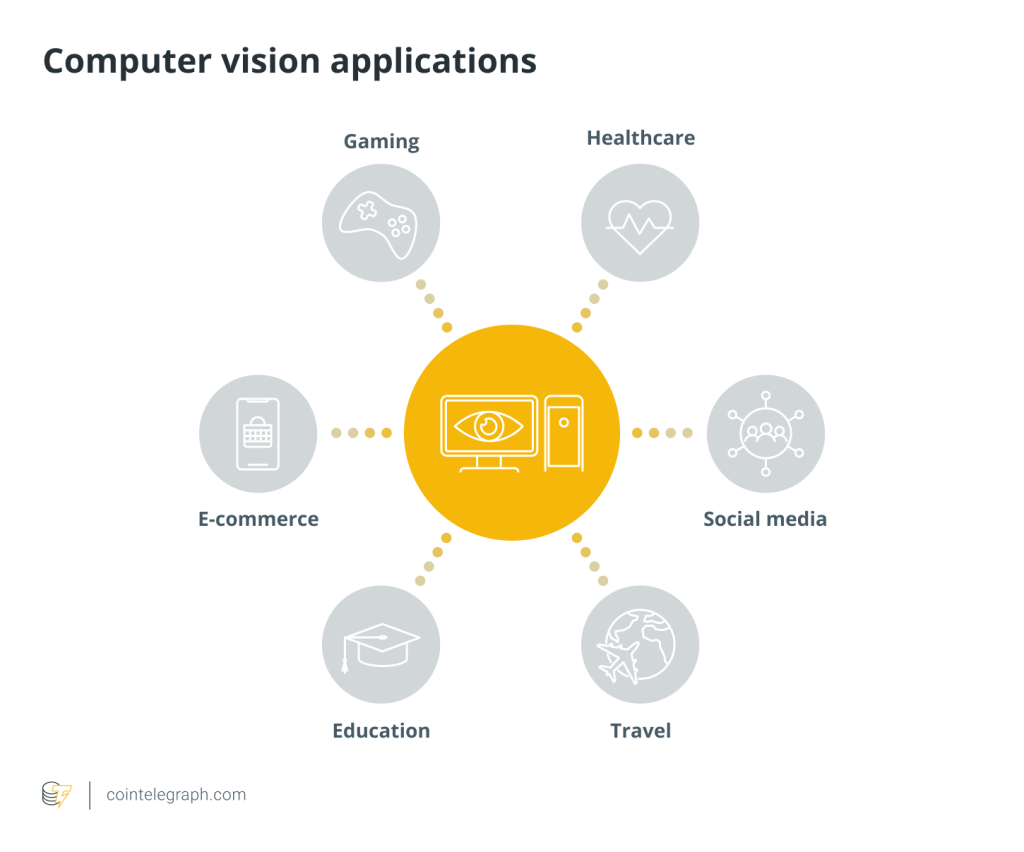Musk says Neuralink will ‘give people superpowers’ as 2nd human gets implant

The brain-computer interface has already changed lives, but it’s unclear how it will give people eagle vision or make their neurons fire more quickly.

Elon Musk’s brain-computer interface (BCI) startup, Neuralink, has evidently begun its second human trial. The news came during an episode of the Lex Fridman podcast wherein Musk unceremoniously revealed that the second human trial was successful, “so far so good.”
Musk went on to say that the second implant was functioning properly with about 400 electrodes “providing signals.”
Neuralink’s brain-computer interface
Brain-computer interfaces are electronic devices that allow humans to communicate with computers using their thoughts. While it might sound like science fiction, BCIs have been around for decades.
The principle behind them is simple: your brain’s activity produces an electrical signal that a machine can measure. Just like an FM radio can be tuned to interpret specific FM signals as distinct broadcasts, a computer can interpret different electrical signals as distinct commands.
A BCI is merely the device that measures and transmits the signals. Some are worn externally and others, like Neuralink’s, are surgically implanted.
Neuralink’s first patient, Noland Arbaugh, has given numerous testimonials claiming that the device changed his life. Arbaugh was paralyzed in a diving accident and lost the use of his limbs. Since his experimental implant procedure, he’s been able to control computer interfaces such as mouse pointers to play video games, send text messages, and surf the web using only his thoughts.
Superpowers?
Musk also told Fridman that, beyond allowing humans to operate simple computer interfaces with their thoughts, Neuralink would give them exceptional abilities.
“Let’s give people superpowers,” quipped the billionaire.
According to Musk, Neuralink will make it possible to give humans thermal vision, eagle vision, and even restore blindness. He also said it could cure several diseases and heal some neurological disorders.
Musk also opined that people would find traditional interaction with humans and computers “agonizingly slow” after using the implant to communicate “faster than any human can possibly communicate by typing or speaking.”
While the general idea appears to be that faster is better, basic sociology seems to disagree.
Elephants, for example, purportedly use about 70 different trumpet sounds and around 140 visual and tactile signals, expressions, and gestures. Compared to humans, that’s incredibly efficient. The average person knows about 27,000 lemmas (word derivations) and innumerable non-verbal signals.
Elephants are more efficient but they don’t write literature or scientific papers.
Furthermore, there’s more to human communication than just words and images. Research shows that, on average, our brains process body language and expressions faster than written or verbal communication. Ultimately, humans can’t communicate faster than the speed of thought.
However, Musk also suggested during the podcast that, in the future, humans will somehow be able to meld with AI systems using Neuralink to expand their brain’s capabilities. We were unable to find any scientific research to support this idea,
A paper published back in 2019 hypothesizes a far-future technology called “neuralnanorobotics” theorized to be capable of directly monitoring the brain’s “86 × 10^9 neurons and ∼2 × 10^14 synapses.” But the timeline for such technology could be decades or even centuries away.
Related: Synchron, ChatGPT to help paralyzed patients chat and text again






Responses